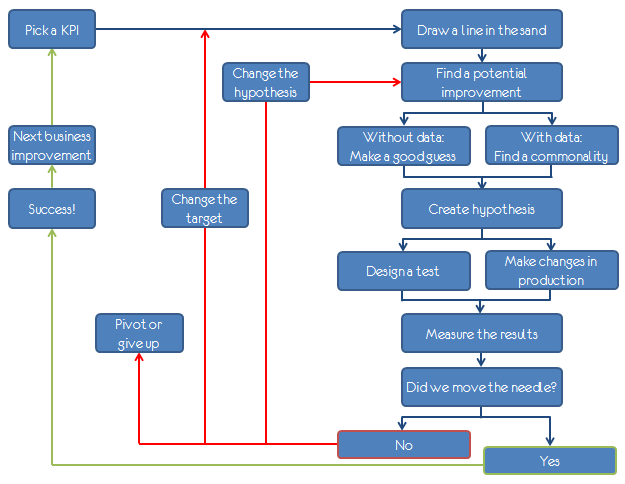One of the topics that sometimes keeps me awake at night is knowledge. The sheer amount of knowledge in the minds of our staff members is staggering. In the past few years we’ve had a few highly competent people attempt to retire, and we’ve had a great strategy in place to reduce the impact.

How can you reduce “brain drain?”
Here’s a great piece of information that was passed on to me by John Dooney, a ninja research guru over at SHRM:
From the recent Sloan Award Survey conducted by Families and Work Institute: When the organizations were asked the number of employees at their work site that were allowed to phase into retirement by working reducing their hours over a period of time prior to retirement, the answers were as follows:
All: 42%
Most: 30%
Some: 16%
Just a few: 6%
None: 6%
How we do it
I have a great recent example. We have a staff member who has been working for our customer in some capacity for 20 years. He planned to resign outright, and we asked if he would be interested in working a 20 hour flexible schedule to continue the customer relationship. He was pleasantly surprised at the availability of the option and instantly accepted. He’s still working happily for us, we’re trying to staff up in the event he would like to leave permanently, and our customer is appreciative of the opportunity to transition to a new familiar face.
So why don’t more employers do some version of this?
I think it’s pretty simple.
I think more companies could start by offering the “stay” opportunity to those leaving for voluntary reasons. We do this as a regular practice. It’s not rocket science–you just ask. The worst they can say is “no” and walk out the door. The best option is for them to continue working for some period of time on a reduced schedule. They are invaluable and it makes for an easier transition for them and for the company.
The biggest benefit for us as the person transitions to a part time schedule is us finding out where knowledge gaps are and using them while they are on staff to help close those gaps.
What type of flexibility, if any, does your organization provide?
 It’s a task that requires skill, experience, and input from others. This week I have struggled with prioritizing tasks at work. I’ve worked to get my tasks separated into the three “D’s” so I can make sense of everything.
It’s a task that requires skill, experience, and input from others. This week I have struggled with prioritizing tasks at work. I’ve worked to get my tasks separated into the three “D’s” so I can make sense of everything. But it’s rare to think about that in the context of employees. Yeah, you might be “strategic” and “aligned” with your organization, but how much faith does the average employee have in you? How do they perceive you?
But it’s rare to think about that in the context of employees. Yeah, you might be “strategic” and “aligned” with your organization, but how much faith does the average employee have in you? How do they perceive you?